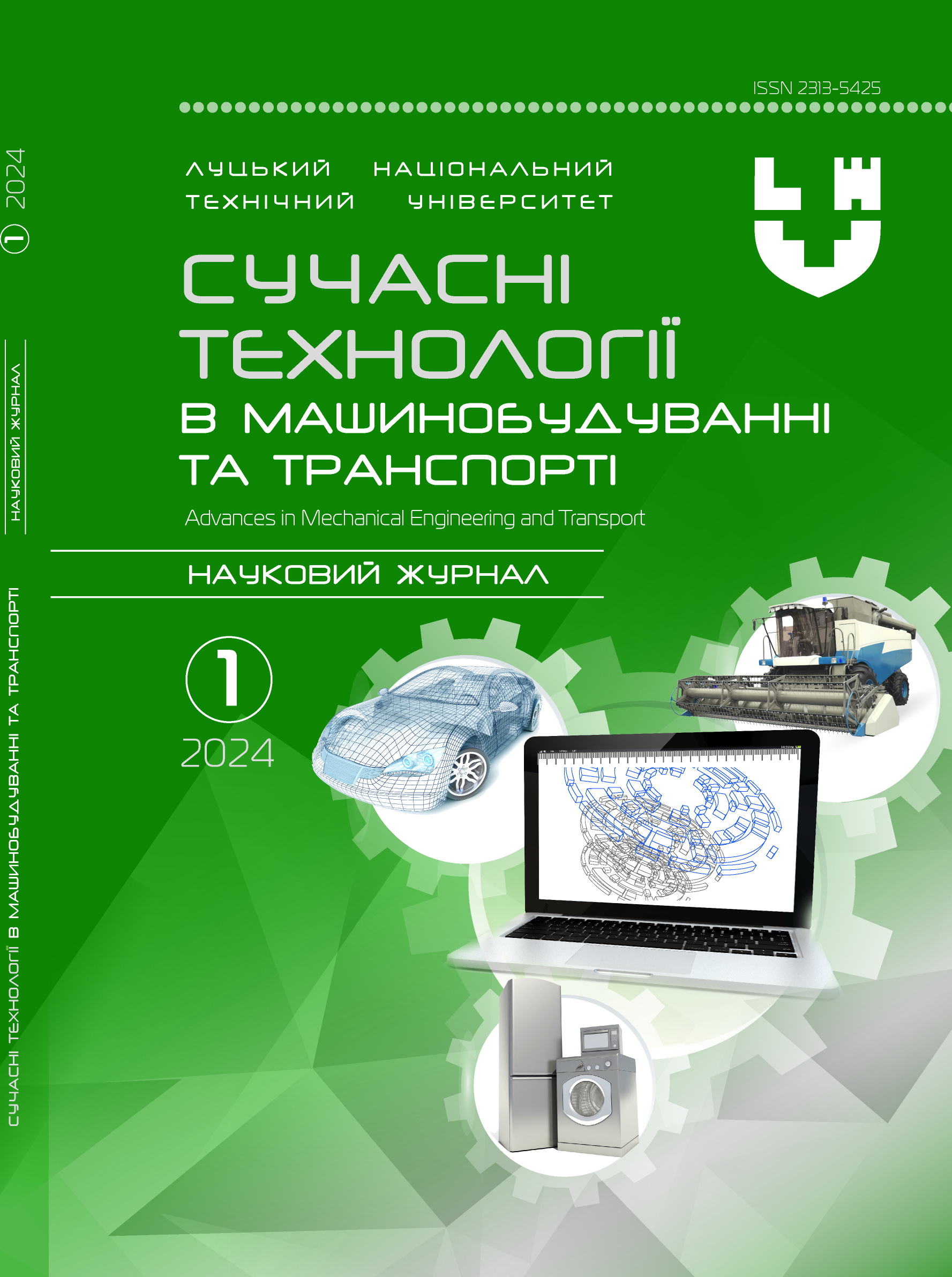Towards determining the stability of movement of a vehicle with a category O2 trailer in braking mode
Abstract
The article analyzes the stability of a road train comprising a Mercedes-Benz T1N “Sprinter” and a PVBF 15 trailer, with different cargo placement scenarios within the trailer's body. The study focuses on the impact of cargo placement on the stability indices of the road train during braking. The critical criterion for assessing stability is the initial speed of movement, at which the road train remains within the confines of a designated traffic lane.
According to the research results, the stability of the road train with the base cargo placement is achieved at an initial speed of 23.2 m/s (83.5 km/h), with the lateral displacement of the trailer not exceeding 0.075 meters. However, changing the cargo position, either by moving the center of mass forward or backward, affects the safe braking speed. Notably, moving the center of mass backward is particularly risky, reducing the speed from 21.2 m/s to 19.5 m/s.
An important aspect of the study is the determination that regardless of the cargo placement method, the stability of the road train is ensured if the lateral acceleration at the center of mass of the car and trailer does not exceed 0.45g. This highlights the importance of responsible cargo distribution during transportation and the need to consider this factor to maintain road safety.
Based on the data obtained, optimal parameters can be determined to ensure maximum safety and stability of the road train. The developed recommendations could assist in the design and operation of road trains with trailers, contributing to enhanced overall road safety.
The research emphasizes the importance of understanding the complexity of interactions in systems with multiple connected elements, which are crucial for ensuring the safety and efficiency of vehicles under real operating conditions.
Keywords: stability of movement, road train, braking, mathematical modeling, category O2 trailer, differential equations, operational characteristics, road safety, coupling, road train dynamics.




